Muscular and Skeletal System Worksheets
Learn all about the muscular and skeletal systems with our comprehensive worksheets. Designed for students studying anatomy or biology, these worksheets provide a thorough understanding of this complex and fascinating subject. With detailed diagrams and informative exercises, our worksheets are perfect for teachers and students alike who are seeking to enhance their knowledge of the muscular and skeletal systems.
Table of Images 👆
- Muscular Skeletal System Worksheets
- Skeletal System Diagram Worksheet
- Human Body Muscular System Diagram Labeled
- The Human Skeletal System Concept Map Skeletal
- Blank Muscle Diagram Worksheet
- Skeletal System Crossword Puzzle Answers
- Human Body Muscle Diagram Worksheet
- Skeletal System Study Guide Answers
- Skeleton Body Part Cut Outs Skeletal Systems
More Other Worksheets
Kindergarten Worksheet My RoomSpanish Verb Worksheets
Cooking Vocabulary Worksheet
DNA Code Worksheet
Meiosis Worksheet Answer Key
Art Handouts and Worksheets
7 Elements of Art Worksheets
All Amendment Worksheet
Symmetry Art Worksheets
Daily Meal Planning Worksheet
What are the main functions of the skeletal system?
The main functions of the skeletal system are to provide structural support for the body, protect internal organs, assist in movement, store minerals such as calcium and phosphorus, and produce red blood cells in the bone marrow.
What are the five types of bones found in the human body?
The five types of bones found in the human body are long bones (arms and legs), short bones (wrists and ankles), flat bones (skull and ribs), irregular bones (vertebrae and facial bones), and sesamoid bones (patella, or kneecap).
Describe the structure and function of a synovial joint.
A synovial joint is a type of joint characterized by the presence of a synovial cavity, which separates the articulating surfaces of the bones and is enclosed by a joint capsule lined with synovial membrane. This membrane secretes synovial fluid, which lubricates the joint and nourishes the cartilage. The articulating surfaces are covered with hyaline cartilage, which cushions the joint and reduces friction during movement. Synovial joints allow for a wide range of motion and are the most common type of joint in the human body, found in structures such as the knee, shoulder, and hip.
What is the difference between voluntary and involuntary muscles?
Voluntary muscles are under conscious control, meaning we can choose to move them, such as the muscles in our arms and legs. Involuntary muscles, on the other hand, are not under conscious control and work automatically, such as the muscles responsible for the beating of the heart and digestion.
How do muscles and bones work together to allow for movement?
Muscles and bones work together in a coordinated manner to allow for movement. Muscles, which are attached to bones via tendons, contract and relax to exert force, pulling on the bones they are connected to. This action causes the bones to pivot around a joint, creating movement. Muscles serve as the engines that generate the force needed for movement, while bones act as the levers that provide the structure and support for the muscles to pull against, allowing for coordinated and efficient movement.
What are the three types of muscle tissue?
The three types of muscle tissue are skeletal muscle, which is responsible for voluntary movements, smooth muscle, found in internal organs and blood vessels for involuntary movements, and cardiac muscle, which is exclusively found in the heart and responsible for pumping blood throughout the body.
How do tendons and ligaments differ in their structure and function?
Tendons are dense, fibrous connective tissues that connect muscles to bones and are responsible for transmitting the force generated by the muscle to produce movement. Ligaments, on the other hand, are also fibrous connective tissues but they connect bones to other bones, providing stability and support for joints. Structurally, tendons are more organized and have a more parallel arrangement of collagen fibers, whereas ligaments have a more crisscross pattern of fibers. Additionally, tendons are usually less elastic than ligaments due to their function of transmitting force, while ligaments are slightly more elastic to allow some degree of flexibility in the joints they support.
Describe the role of calcium in muscle contraction.
Calcium plays a crucial role in muscle contraction by stimulating the interaction between actin and myosin filaments within muscle cells. When a muscle cell receives a signal to contract, calcium is released from the sarcoplasmic reticulum and binds to the protein complex troponin, causing a conformational change that exposes the active sites on actin. This allows the myosin heads to bind to actin and form cross-bridges, leading to the sliding of filaments and muscle contraction. The presence of calcium is necessary for the initiation and regulation of these molecular events that ultimately result in muscle contraction.
What is the relationship between muscle strength and bone density?
Muscle strength and bone density are directly related, as increased muscle strength helps to stimulate bone density. When muscles are activated during physical activities, they pull on the bones, causing stress which in turn encourages bone tissue to become stronger and denser. Therefore, exercises that improve muscle strength, such as weight-bearing and resistance training, can also lead to a boost in bone density, ultimately promoting better bone health and reducing the risk of osteoporosis and fractures.
Explain the process of bone remodeling and its importance in maintaining skeletal health.
Bone remodeling is a continuous process where old bone is broken down by osteoclasts and new bone is formed by osteoblasts. This process helps in maintaining skeletal health by repairing micro-damage, replacing old or damaged bone with new, structurally sound bone, and regulating calcium levels in the body. It also allows for adjustments in bone structure and density in response to mechanical stress or hormonal changes, ensuring that the skeleton remains strong and healthy throughout life.
Have something to share?
Who is Worksheeto?
At Worksheeto, we are committed to delivering an extensive and varied portfolio of superior quality worksheets, designed to address the educational demands of students, educators, and parents.

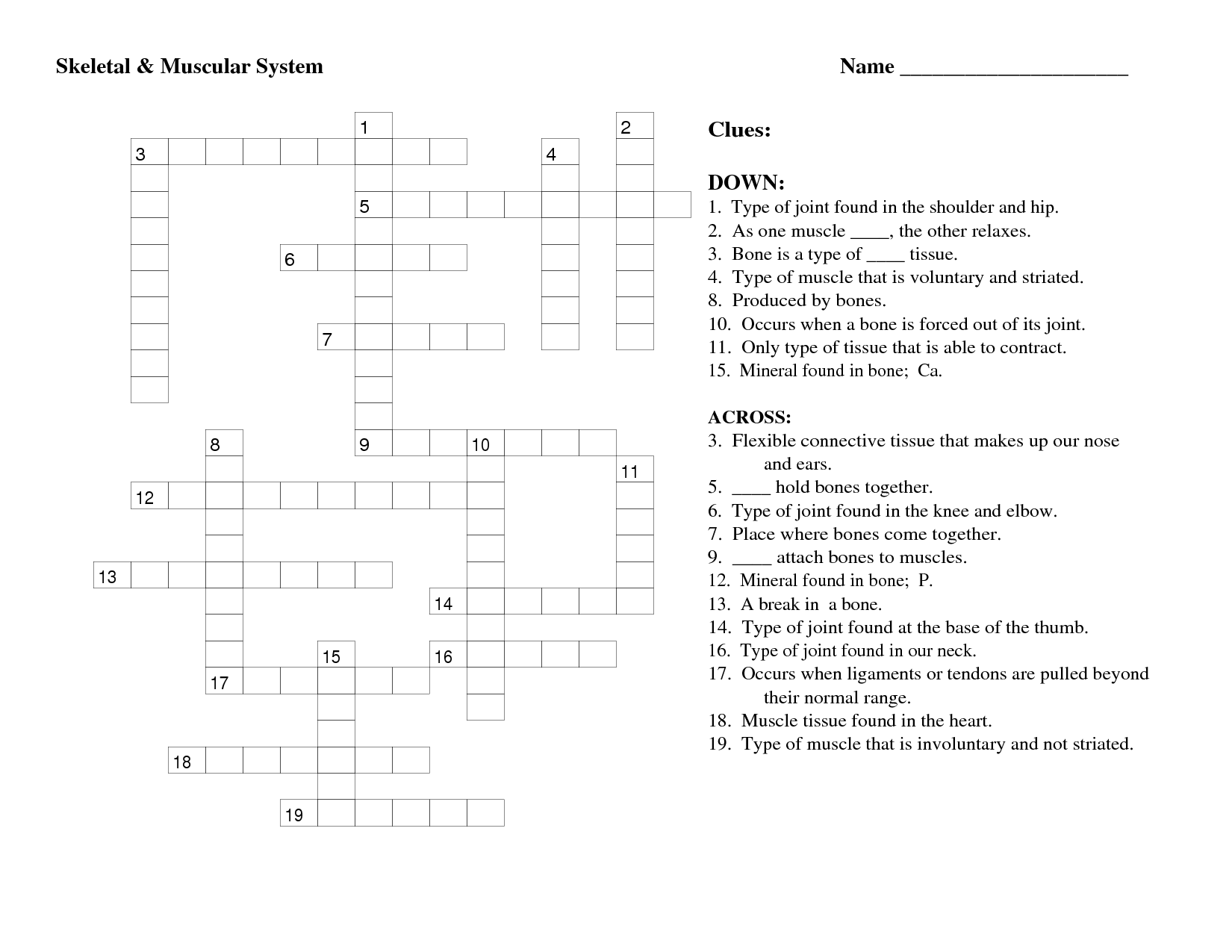



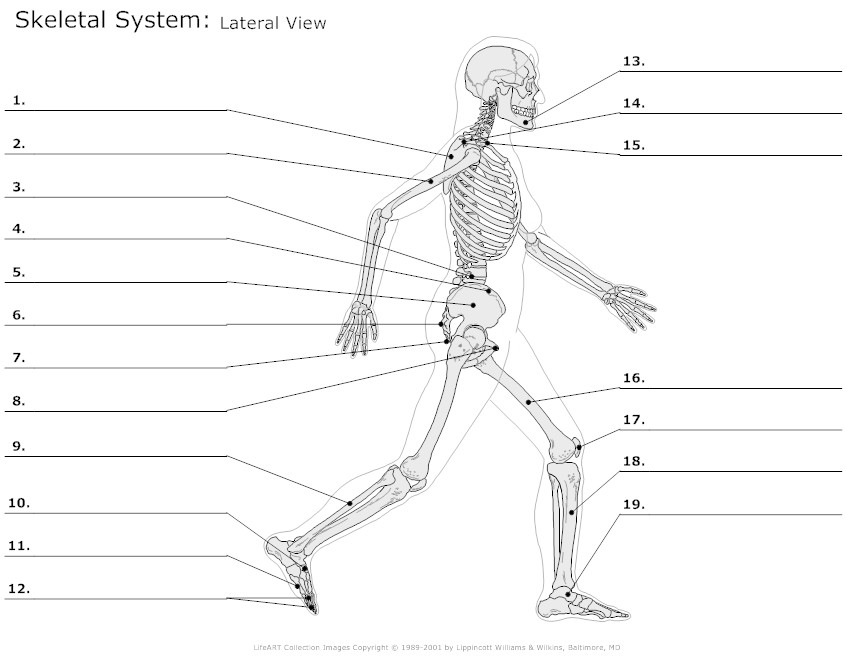
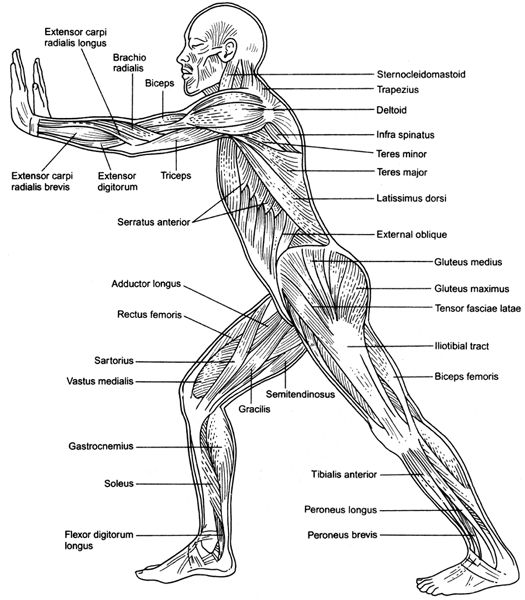
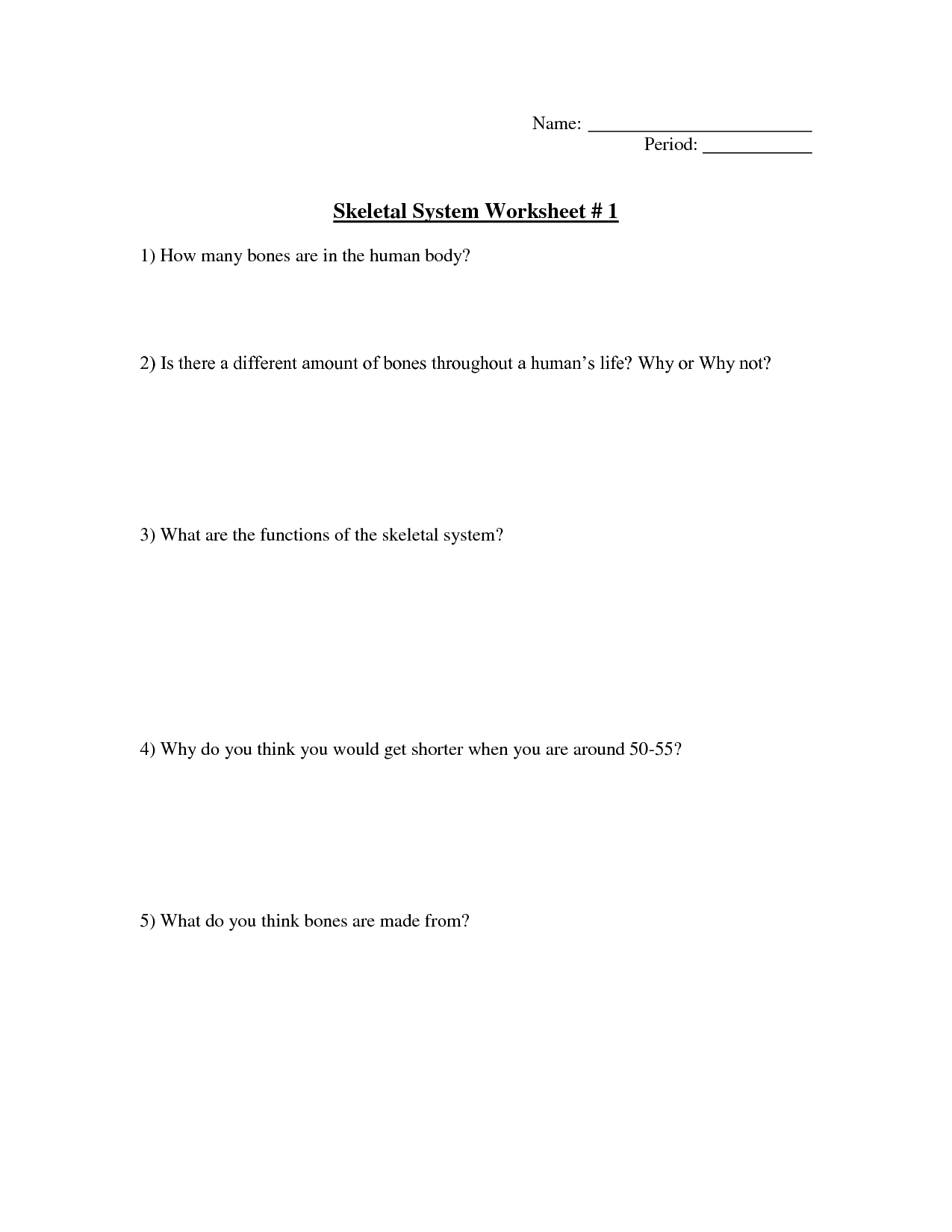
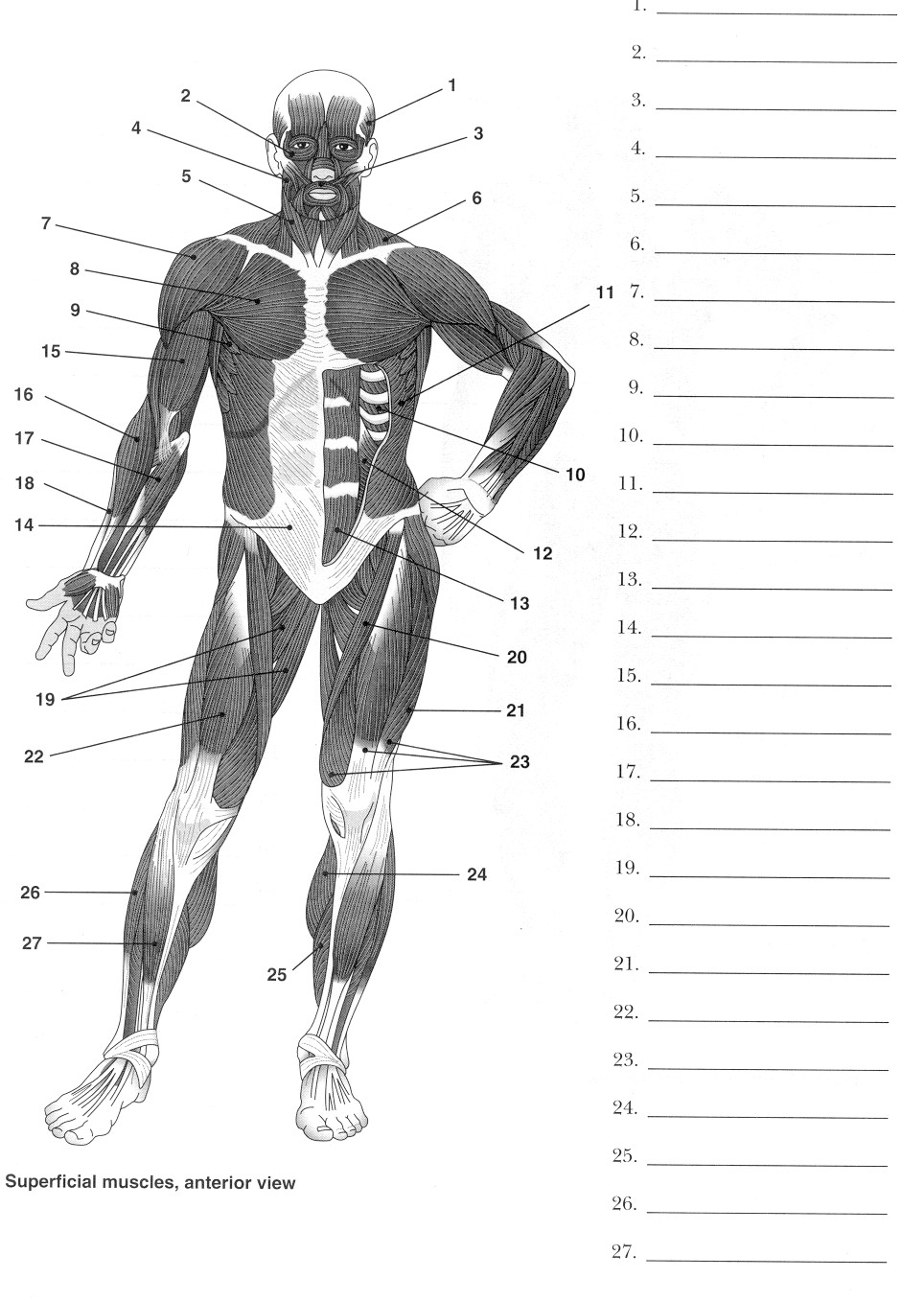
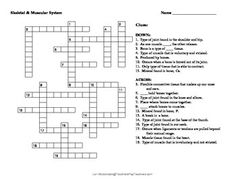

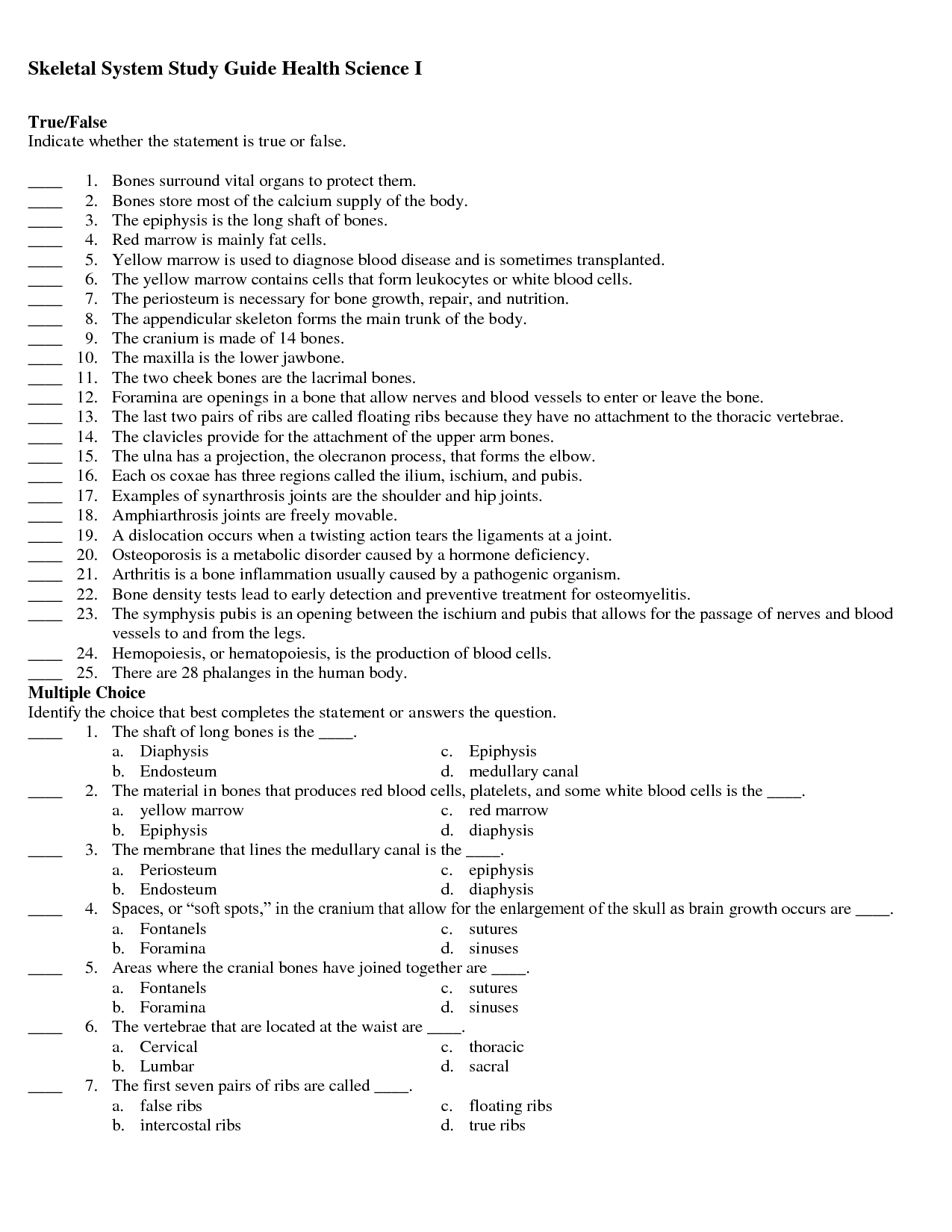
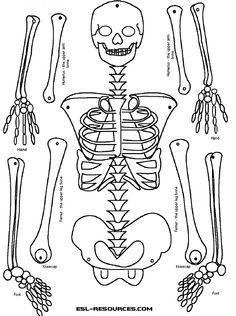
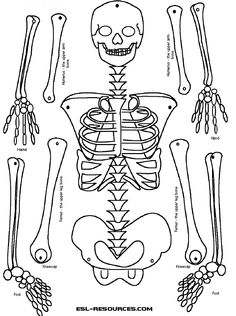














Comments